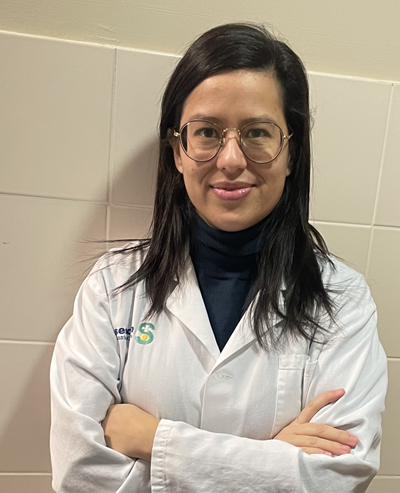Las neoplasias testiculares son frecuentes en el adulto joven, coincidiendo con la incorporación al Servicio Militar. El objetivo de nuestro trabajo es evaluar las características tumores, su evolución con el tiempo y el resultado de los tratamientos empleados en nuestro centro para este tipo de tumores.
Material y métodosSe realizó un estudio longitudinal retrospectivo en una cohorte de 98 pacientes de edad media 28,6 años, sometidos a orquiectomía por neoplasia testicular en nuestro centro entre los años 1979 a 2004. En el estudio se recogieron los datos referentes a la edad de los pacientes, las características tumorales, el tratamiento realizado y la evolución de la neoplasia.
ResultadosEn un 61% de los casos, el testículo afectado fue el derecho (diferencias significativas). El tipo histológico más común fueron los tumores germinales no seminomatosos (TGNS) (65,3%) de los casos seguidos de los seminomas puros (27,6%), y de tumores no germinales (TNG) (7,1%). Los TGNS se diagnosticaron a una edad media (23,2 años) significativamente menor que los otros dos tipos. El estadio I fue el más frecuente (58%). Los seminomas presentaron un estadio I con una mayor frecuencia significativamente mayor (80%) que el resto de los tumores. Los datos recogidos durante los 25 años no mostraron una variación significativa respecto a las características tumorales. El análisis de supervivencia indicó que las características tumorales con mejor pronóstico respecto a la probabilidad de recurrencias tumorales fueron los seminomas y los estadios tumorales I y II.
ConclusionesLos tumores germinales no seminomatosos (TGNS) son los más frecuentes en adultos jóvenes. La mayoría de los tumores se diagnostican en estadios iniciales, y su pronóstico es más favorable en el caso de los seminomas y los estadios I y II.
The testicular tumors are frequent in the young adult, coinciding with the incorporation to the Military Service. The objective of our work is to evaluate the tumoral characteristic, its evolution with the time and the result of the treatments used in our center for this type of tumors.
Material and methodsWe carried out a retrospective longitudinal study in a cohort of 98 patients with an average age of 28,6 years, subjected to orchiectomy for testicular tumor in our center between 1979 to 2004. In the study, we collected data referred to the age of the patients, the tumoral characteristic, the outcome of the treatment and the evolution of the tumor.
ResultsIn 61% of the cases, the affected testicle was the right (significant differences). The most common histologyc type was the non seminomatous germ cell tumors (NSGCT) (65,3%). Followed by the pure seminomas (27,6%), and non germinal cell tumors (NGC) (7,1%). The NSGCT was diagnosed to a average age (23,2 years) significantly smaller that the other two types. The stage I was the most frequent (58%). The seminomas presented a stage I in a significantly bigger frequency (80%) that the others tumors. The data picked up during the 25 years didn’t show a significant variation regarding the tumoral characteristic. The survival análisis indicated that the tumoral characteristic with better pronostic regarding the probability of tumoral recurrences were the seminomas and the tumoral stages I and II.
ConclusionsThe non seminomatous germ cell tumors (NSGCT) are the most frequent testicular tumors in young adults. Most of the tumors are diagnosed in initial stages, and their pronostic is better in the case of the seminomas and in the stages I and II.
Artículo
Comprando el artículo el PDF del mismo podrá ser descargado
Precio 19,34 €
Comprar ahora









